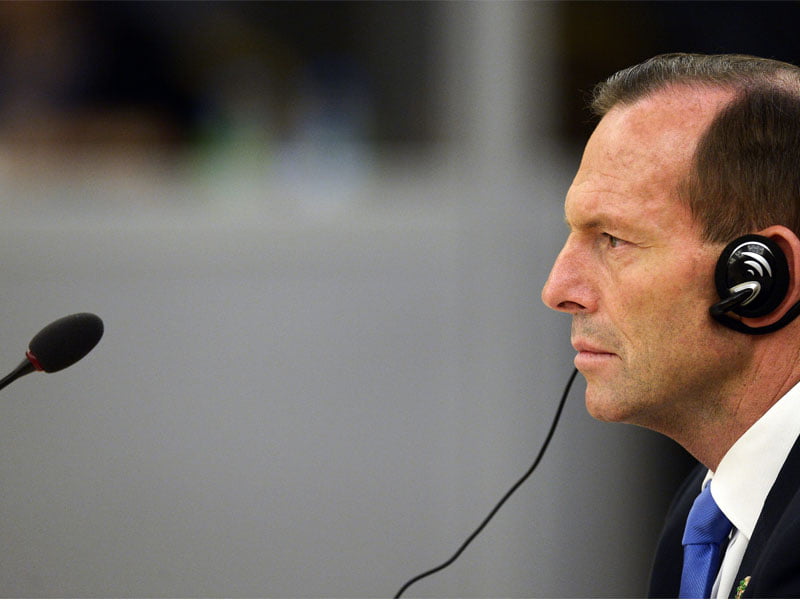There has been plenty of noise about Australia’s free trade agreement with China, the awkward looking ChAFTA, in the eight weeks since it was signed in mid-June.
But there is another chunky slice of Asia where there are enormous opportunities for Australian technology companies. Southeast Asia, or more properly the Association of Southeast Asian Nations. On December 31, ASEAN will officially begin its Economic Community, lifting a range of trade and economic barriers between its 10 member-nations that will only increase over time.
The region is home to more than 600 million people and, like China, a burgeoning middle class. Opportunities in ASEAN centre on – but are not restricted to – its big six economies. In descending order of size they are Indonesia, Thailand, Malaysia, Singapore, the Philippines and Vietnam. And some braver Australian technology entrepreneurs are already exploring the ‘greenfield’ markets of places like Myanmar and Laos.

Australia has three long-standing free trade agreements with ASEAN nations. The first, signed with Singapore came into effect in 2003, and the Australia-Thailand FTA, just celebrated its 10-year anniversary. The Australia-Malaysia FTA came into effect in 2013.
After his recent visit to Singapore, Prime Minister Tony Abbott signalled that Australia would deepen its relationship with the Lion City by way of a comprehensive strategic partnership announced in June that includes closer economic ties with the country that is already Australia’s fifth-largest trade partner and source of investors.
One of the key points of the Singapore strategic relationship proposal was “building additional research and development partnerships, including by working on the commercialisation of research among our agencies, academic institutions and the private sector.”
This is a welcome move, and one of the more perspicacious to be made by the current government in terms of recognising the importance more broadly of ASEAN, and specifically of Singapore. It highlights the city state’s importance to Australia, behind only the US, China, Japan and Indonesia in terms of combinations both strategic and trade/investment importance.
Per capita wealth in Singapore is the stand out and the region’s only developed nation. It is home to the region’s biggest equities market and a private wealth sector that rivals Switzerland for size.
That is not to underestimate the growing financial heft of the other regional capitals. Thailand’s stock market is now worth two third’s of the value of Singapore’s, for instance, with the Jakarta, Kuala Lumpur and Manila exchanges all now capable of launching floats worth US$1 billion, according to investment bankers in the region. So there is plenty of money seeking investment homes.
ASEAN is littered with dozens of technology hubs, both those aimed at pure technology and more advanced applied technologies in a wide range of sectors including medical devices and equipment, agriculture, aerospace and more. Thailand’s auto industry is the world’s seventh biggest carmaker, is rapidly advancing as an innovative developer.
At present, ecommerce, where Southeast Asia has plenty of room to play catch up, is a key area for investment along with the supply chain that goes with it.
The Malaysian government has long pushed the country as a technology hub with a range of initiatives dating back to the first dotcom boom.
Vietnam is fast emerging as one of the world’s largest makers of mobile phones and other electronic equipment. A range of significant US technology companies, burned by bad experiences in China and in search of a reliable pool of cheaper labour, are setting up shop there.
For instance, in July last year Microsoft announced it would move its Nokia phone manufacturing hub from Dongguan, in Southern China to Hanoi in Vietnam.
Chinese trade figures released at the weekend showed the country’s export sector remains in a funk, with one of the reasons being the drift in manufacturing to cheaper ASEAN countries.
In all these nations, and in border areas with poorer ASEAN countries Special Economic Zone’s that offer businesses special concessions to make entering various markets easier, are springing up.
E-commerce aside, there are also enormous opportunities in the market for online applications and solutions. As it is with most of the developing world the pervasiveness of mobile and wireless technology is a key feature of the region.
Most citizens in ASEAN countries have never had fixed-line telephone or fixed-line internet, except perhaps in the workplace. ASEAN citizens are amongst the most the most engaged users of mobile chat applications with WhatsApp, LINE, Viber and Facebook messenger – along with the Chinese chat application Wechat all popular with most users using multi apps.
“Mobile penetration and internet penetration across all member states, which make up the second largest community of Facebook users in the world, stand at 110 and 25 percent, respectively. Vietnam, Indonesia, and the Philippines each have a subscriber base of over 100 million,” according to consultancy firm Dezan Shira’s Asian Briefing.
Quite topically, there looks to be a fairly immediate opportunity for Australian tech companies with the push to improve tattered ties with ASEAN’s biggest economy and most populous nations, Indonesia. Trade and Investment Minister Andrew Robb will lead a trade delegation there next year.
Whichever way you cut it, ASEAN is an oyster waiting to be opened for many Australian companies.
The Australian government could do worse that look at an overarching strategy to leverage Australia’s excellent lead in education research and innovation facilities with our closest neighbours.
Do you know more? Contact James Riley via Email.

